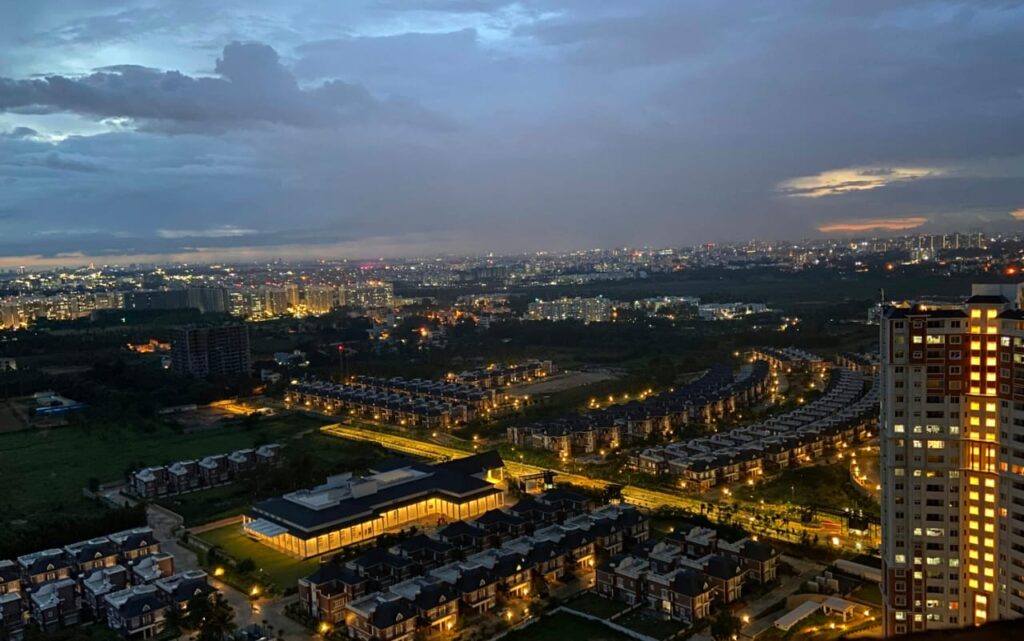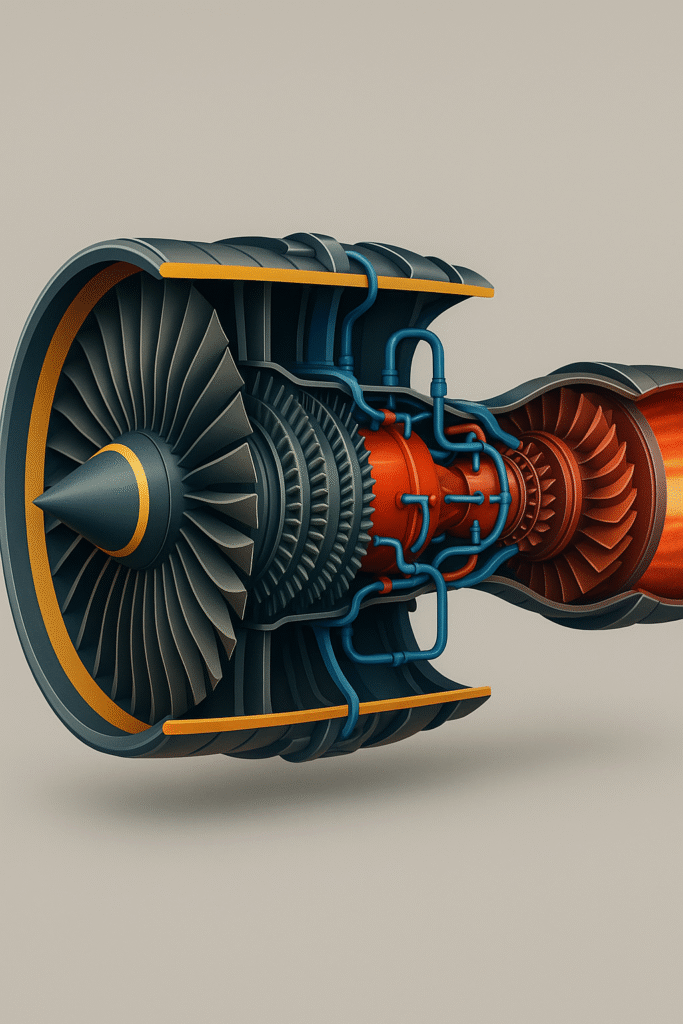
Introduction: A Foodtech Tycoon Steps into Aerospace
When Deepinder Goyal, the visionary founder of Zomato, revealed on July 31, 2025, that he had launched a new aerospace startup — LAT Aerospace — many were stunned. Known for revolutionizing food delivery in India, Goyal is now setting his sights sky-high — quite literally.
With a bold aim to develop India’s first indigenous jet engine, LAT Aerospace will be headquartered in Bengaluru, India’s aerospace and technology hub. The announcement has ignited interest not just in the startup ecosystem, but also in defense, aviation, and engineering circles.
“We are solving for deep technology in India. LAT Aerospace is a long-term bet on Indian innovation,” – Deepinder Goyal
Why Jet Engines Matter to India’s Strategic Future
Jet engines are among the most technologically complex machines known to man. Despite being one of the world’s largest defense importers, India has long struggled to design and build indigenous jet engines — especially ones suitable for fighter aircraft.
Currently, India relies on foreign partners such as the U.S., France, and Russia for military jet engine technology. A homegrown jet engine would:
- Strengthen India’s strategic defense independence
- Support Make in India and Atmanirbhar Bharat initiatives
- Propel India into the elite league of nations with jet engine capability (only a handful exist today)
That’s where LAT Aerospace comes in — with a mission that’s as ambitious as ISRO’s Moon and Mars missions.
What is LAT Aerospace?
LAT Aerospace stands for “Long Arc Technologies Aerospace”, though Goyal prefers to use the acronym LAT. The startup is positioned as a deep-tech venture, dedicated to high-performance aviation hardware, especially jet propulsion systems.
🇮🇳 “Indian Billionaires 2025: Top 10 Richest People & Business Empires in India”
LAT Aerospace at a Glance:
| Feature | Details |
|---|---|
| Founder | Deepinder Goyal |
| Launched | July 31, 2025 |
| HQ | Bengaluru |
| Focus | Indigenous Jet Engine Technology |
| Vision | Make India self-reliant in jet propulsion |
| Backed by | Private capital, likely from Goyal and strategic partners |
From Food Delivery to Flight: Why Deepinder Goyal Made the Switch
Many are wondering — why would a food delivery entrepreneur enter aerospace?
Here’s how Deepinder Goyal explained it:
“India cannot be a superpower if we don’t own the tech that powers our skies. LAT is a personal dream to contribute meaningfully to the nation’s future.”
Deepinder Goyal is known for his sharp execution and long-term vision. Just as he transformed how urban India eats, he now wants to disrupt aerospace R&D in the same way — lean, ambitious, and mission-driven.

India’s Struggles with Jet Engine Development So Far
India has attempted to build jet engines before — most notably the Kaveri engine project, launched by DRDO in the 1980s. However, after decades of development, the engine failed to meet performance parameters and was never inducted into the Indian Air Force.
Key hurdles India has faced:
- Lack of advanced materials science expertise
- No testing infrastructure for high-thrust engines
- Challenges in thermodynamic simulation & turbine design
- Brain drain of top aerospace engineers
Goyal’s LAT Aerospace seeks to break this pattern by building a startup-first culture, attracting Indian and global talent, and using private capital to drive innovation at speed.
LAT Aerospace and Bengaluru: A Perfect Match
Why Bengaluru? The answer is simple:
- ISRO, HAL, DRDO, and private space players like Skyroot and Pixxel already call it home.
- The city offers deep engineering talent, aerospace parks, and a growing ecosystem of defense-tech incubators.
- Bengaluru is where India dreams in metal, algorithms, and fuel.
With LAT Aerospace joining the ranks, Bengaluru further cements itself as the Silicon Valley of Aerospace in India.
The Road Ahead for LAT Aerospace
As of now, LAT is still in its early stages. However, the roadmap includes:
- Hiring world-class propulsion engineers
- Setting up a testing lab in Bengaluru or nearby aerospace clusters
- Partnering with academic institutions like IISc and IITs
- Developing a prototype jet engine for UAVs or light aircraft
- Long-term goal: fighter jet engines
This project could take 5–10 years, but the strategic payoff is immense.
Adani vs Ambani in 2025: The Billionaire Battle for India’s Future

India’s Position in Global Jet Engine Tech
Globally, jet engine technology is monopolized by a few players: General Electric (USA), Rolls-Royce (UK), Safran (France), and Klimov (Russia). These companies have decades of R&D history and government backing. India’s dependence on these players affects:
- Defense negotiations
- Import costs
- Upgrades and servicing delays
- National security autonomy
LAT Aerospace is aiming to challenge this global status quo — not by immediately building a GE90-class engine, but by starting small, innovating fast, and building a new kind of aerospace company rooted in Indian soil.
Goyal’s Strategy: What Makes LAT Aerospace Different?
LAT Aerospace won’t function like a slow-moving PSU or government lab. Instead, Deepinder Goyal is infusing startup DNA into aerospace development. Here’s how he plans to stay agile and effective:
1. Hiring Top Engineering Talent Globally
LAT aims to hire not just Indian experts but also NRIs and foreign talent willing to work on high-impact technology in India. Incentives include:
- Equity
- Global-level pay
- Research freedom
2. Rapid Prototyping and Test Iteration
Rather than building a perfect engine on paper, LAT will follow a build-test-iterate model, much like SpaceX or Tesla.
3. Public-Private-Academic Collaboration
LAT will likely partner with:
- IISc Bangalore, IIT Kanpur, IIT Madras for simulation and metallurgy
- HAL or DRDO labs for shared infrastructure
- Private testing facilities in India and abroad
4. Start Small: UAVs Before Fighter Jets
The first LAT engine will probably be built for drones, target aircraft, or trainer jets. Once reliable performance is proven, Deepinder Goyal plans to move into tactical jet engines for military-grade planes.
Deepinder Goyal Entrepreneurial Evolution
From App Screens to Airspace
Goyal’s transition reflects a rare entrepreneurial evolution:
- 2008–2025: Tech-first unicorn builder (Zomato)
- 2025 onward: Deep-tech industrial innovator (LAT Aerospace)
Very few Indian entrepreneurs have made such a leap, moving from consumer tech to core engineering. In doing so, he becomes part of an elite class — akin to Elon Musk’s journey from PayPal to SpaceX.
His Mindset in His Own Words:
“LAT is not just about a jet engine. It’s about telling the world that India can invent the future — not just consume it.”
9 of Top 10 Richest Billionaires Are Americans – Why It Matters
What LAT Aerospace Means for India’s Future
The implications of LAT’s success would ripple far beyond Bengaluru.
🛡️ For Indian Defense
- Reduced reliance on foreign engine suppliers
- Lower cost of aircraft production
- Integration of indigenous systems with India-made engines
🚀 For the Aerospace Startup Ecosystem
- Validation for private aerospace investment
- Creation of a supply chain for aviation tech
- More R&D funding for dual-use (defense + civilian) technology
👨🔬 For Indian Engineers and Scientists
- New avenues in deep-tech jobs
- A reason for talent to stay in India instead of moving to the US or Europe
- A culture of big tech thinking in India
Challenges Ahead: It Won’t Be Easy
Building a jet engine is one of the most technically demanding tasks in engineering. LAT Aerospace will face:
- Huge R&D costs (hundreds of crores INR)
- Material science challenges
- Thermal & mechanical testing limitations
- Long regulatory & defense integration timelines
But if anyone can bring startup speed to a legacy industry, Goyal has the track record and drive to attempt it.
Final Thoughts: LAT Aerospace is a National Bet
LAT Aerospace India jet engine initiative isn’t just a startup — it’s a techno-nationalist movement. By choosing aerospace over easy consumer tech wins, Deepinder Goyal is betting not just on himself, but on the idea that:
“India can and should build its own future in the sky.”
Whether LAT succeeds in 5 or 10 years, the impact of this decision will be felt across India’s startup corridors, defense establishments, and engineering universities for decades.
